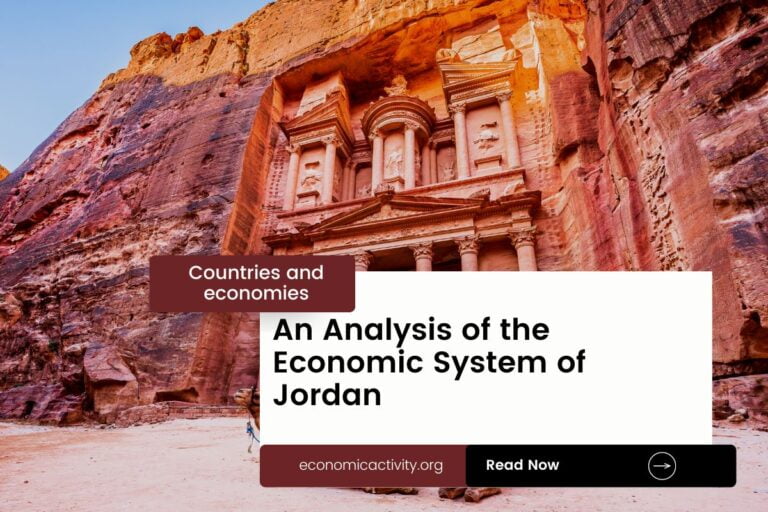What is the economic system of Serbia? The economy of Serbia is based on a mixed economy. The country’s economic system combines elements of a market economy and a planned economy.
Serbia’s economy is centered on manufacturing and export, particularly in the automotive, food, and electronics industries. It has a strong agricultural sector, known for its fruits and grains. Additionally, Serbia has a developing IT sector and a growing tourism industry, with rich history and natural beauty.
In Serbia, the economy is composed of a private sector, consisting of individuals and businesses that make autonomous decisions based on self-interest, and a public sector, where the state determines the production and distribution of certain goods and services. No country is purely capitalist or purely communist.
What do the freedom indexes tell about the economic system of Serbia?
Now, to determine if a country is mostly a market economy or a planned economy, it is useful to examine some economic indexes. For instance, according to the 2022 Index of Economic Freedom, which measures the ability of every human to control his own labor and property, Serbia is ranked 59th globally and 35th in Europe indicating that the country has a moderately free economy.
In a similar way, the 2022 Freedom House index evaluates the state of political rights and civil liberties globally. Generally, market economies tend to align more with democracy and freedom, while command economies tend to be characterized by greater state control and fewer democratic and civil liberty protections.
Serbia gets a score of 62/100, which qualifies it as Partly Free. Serbia has a government that does not control what people do, and people can make their own economic decisions. Still, it is only considered an electoral democracy, lacking full liberal democratic protections.
The Link Between Public Sector Employment and the Economic System of Serbia
An indicator of the extent to which the State is involved in the economy is the number of public sector employees. In Serbia, according to ILOSTAT, the number of public sector employees as a percentage of the total workforce is 23.3% (2021).
In the country’s mixed economy, the number of public sector employees as a percentage of the total workforce varies based on the specific policies and practices adopted by the State.
Some economic activities are left to the private sector while others are under government control. The bigger the public sector the closer the economy is to being a command economy.
What do the biggest companies in Serbia say about the country’s economic system?
The biggest company in Serbia should also be looked at, as well as whether it is a state-owned or private company. In this case, Javno Preduzece Elektroprivreda Srbije is a state-owned electric power company providing electricity to the entire country.
It shows how the state has influence over the activities of the biggest companies in the country.
The historical factors that have influenced the economic system of Serbia
The current mixed economy system of Serbia is a result of a combination of factors, including the legacy of socialism, the transition to a market economy, and the influence of foreign investment.
The legacy of socialism has left Serbia with a large public sector, while the transition to a market economy has led to the privatization of many state-owned enterprises. Foreign investment has also played a role in the development of the Serbian economy, providing capital and technology to help spur economic growth.





Leave a Reply